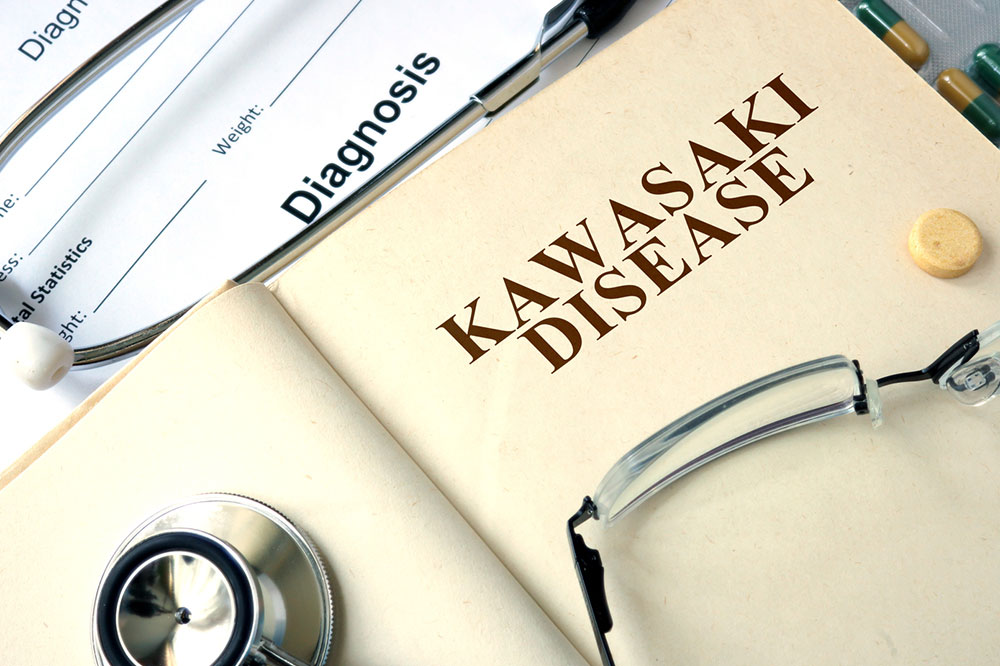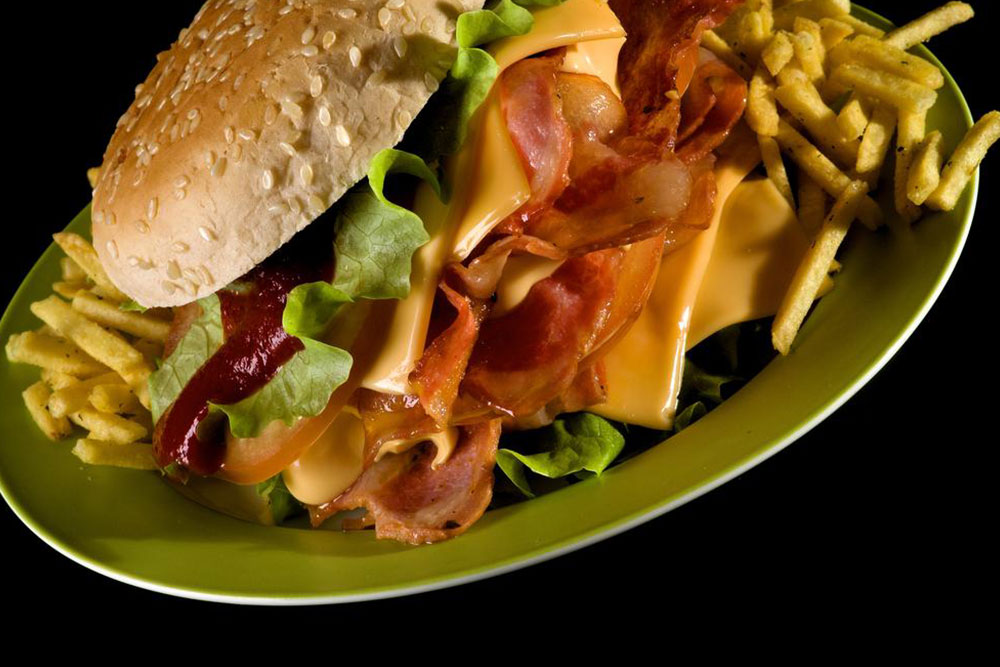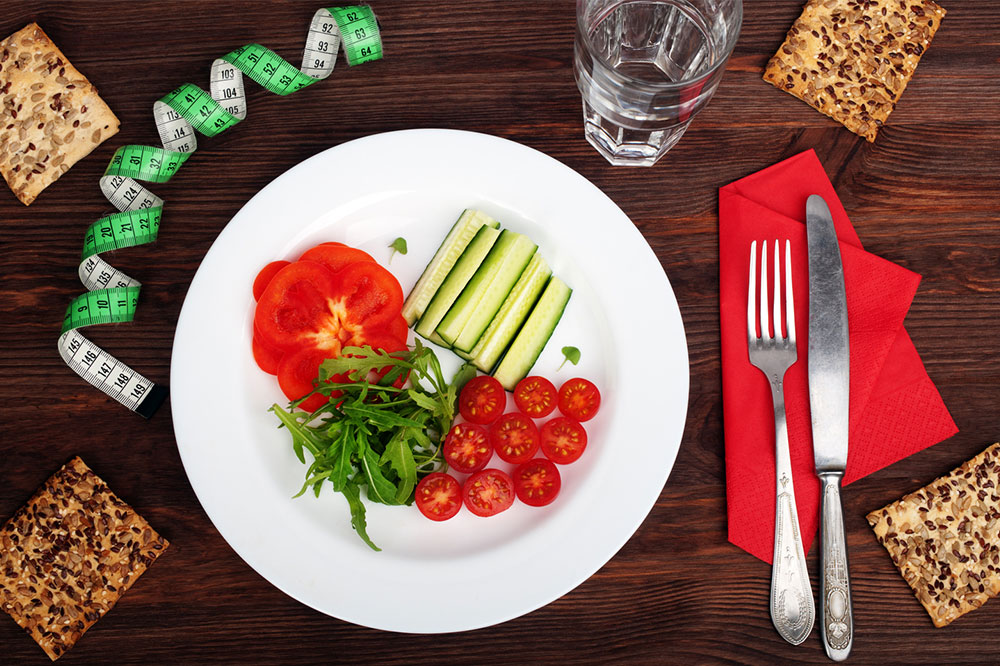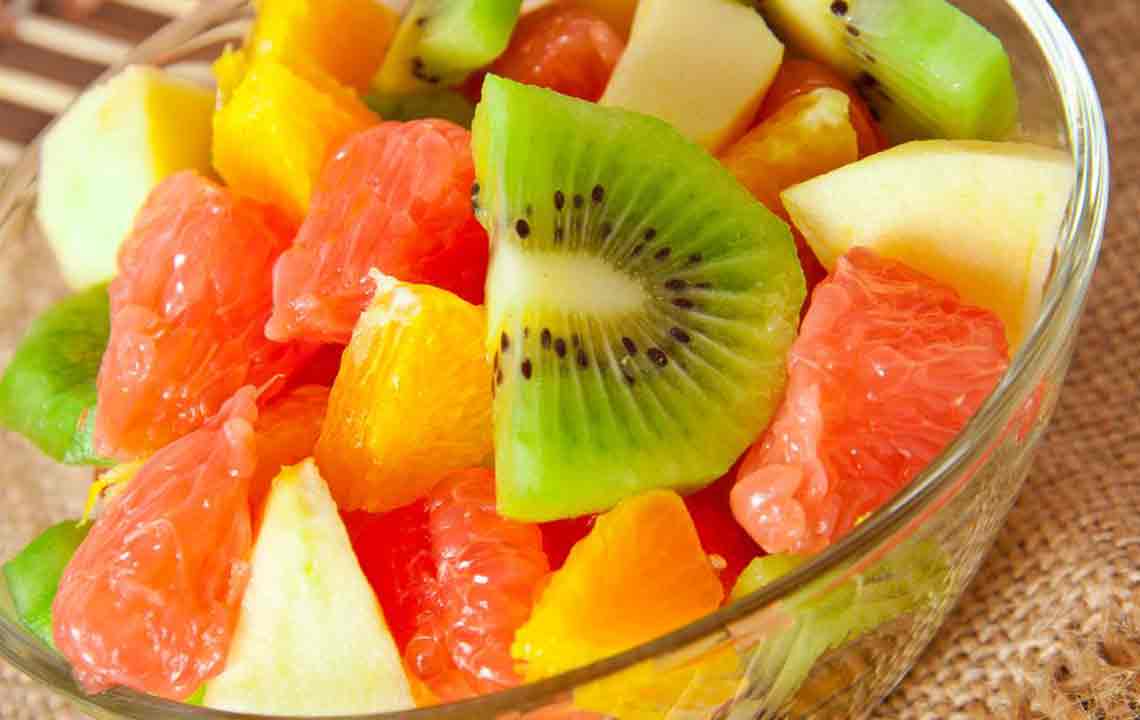How Diet Influences Kawasaki Disease in Children
This article explores how diet may influence Kawasaki disease in children. It highlights recent research linking soy consumption to increased risk and recommends a diet rich in fruits, vegetables, and whole grains for overall health. While diet alone cannot prevent the disease, dietary management can help reduce complications. Designed for parents and caregivers, the article emphasizes balanced nutrition alongside medical treatment for Kawasaki disease.

How Diet Affects Kawasaki Disease in Children
Kawasaki disease is an inflammatory condition that impacts blood vessels, including arteries, veins, and capillaries. Also known as mucocutaneous lymph node syndrome, it predominantly affects children, with approximately 4,200 cases annually. While children of all backgrounds can develop Kawasaki disease, boys are more frequently diagnosed than girls.
Symptoms include swelling of the extremities, persistent high fever exceeding three days, abdominal discomfort, and vomiting. Although medical treatments and lifestyle adjustments help manage the disease, this article specifically explores the role of diet in Kawasaki disease.
Dietary Impact on Kawasaki Disease
The exact cause of Kawasaki disease remains unknown, with many experts considering potential genetic factors. The connection between diet and the disease is not fully understood. However, a notable study published in Nutrition Research suggested that higher intake of soy products might increase the risk in children and infants.
Dr. Michael Portman, a pediatric cardiologist and lead researcher of the study from Seattle Children’s Research Institute, expressed concern about foods like tofu, soy-based formulas, and edamame being potential risk factors. Reducing soy consumption might lower the risk, but it does not entirely prevent Kawasaki disease.
The challenge for parents lies in balancing dietary choices for their children since every food has its risks. Nonetheless, a diet rich in fiber and heart-healthy foods is advisable. Emphasizing fruits, vegetables, and whole grains can support overall health and potentially mitigate complications associated with Kawasaki disease. It’s best to limit gluten-rich foods such as pasta and crackers whenever possible.










